Interview with “Dirnelli”
4June 8, 2013 by Ville Raivio
“I’m 40, Founder & CEO of a communications company. Undergraduate degree at Brown University (coincidentally, the same as SF legends Réginald-Jérôme de Mans and Mafoofan.) Married, with children — two boys ages 4 and 8. My wife loathes this hobby, particularly because of the pressures on wallet and closet space. My boys constantly deride me for my clothing obsession — however, I notice that, at an early age, they both already have a strong sense of personal style, regarding their own clothing choices. My father gets it, I think. He himself only ever dresses in casual wear, but I suspect he secretly enjoys seeing his son classically well-dressed, as he’s always had a good eye for color and proportion.
Products from Pukimo Raivio
Ralph Lauren, Black Label suit, size 52EU
I became interested in clothing in prep school at PhilipsExeterAcademy, a bastion of Ivy Trad, with a strictly enforced coat & tie dress code. Throughout college — where I developed my thrifting habit — I became increasingly style-conscious. Also, as a active college thespian, I came to understand that clothes do make the man — or at least make the character you’re trying to play on stage. When I entered the workplace, I readily embraced the suit and tie dress code of the corporate world, while also trying to sartorially elevate myself. I have no interest in short-lived fashion trends, I prefer to focus on eternal style — apparel that will always look elegant and contemporary, no matter what period you’re living in.
After years of trial and error, I felt it was time to formally educate myself about classic menswear, thanks to books and blogs. I had my moment of sartorial awakening — let’s call it a s(ar)tory — when I finally read Alan Flusser’s book Dressing the Man, the definitive ‘I Ching’ of menswear which every man should read. I cannot overstate how much this book changed my life, thanks to its useful and empirical advice on dressing well. Not a day goes by when I don’t apply at least one of the rules from Flusser’s work. Another book that I highly recommend is The Suit by Nicholas Antongiavanni (a.k.a. Michael Anton). I’ve since read just about every other book ever published on menswear, hoping to glean additional insights, but at the end of the day you only ever really need to read those two books.
My inspiration is French and Italian bespoke tailoring — mainly suits rather than odd jackets and trousers, although I’m increasingly inspired by more colorful Neapolitan fits. Unfortunately, such Pitti-style is unwearable in a business context, so I only break out my FU jackets and GTH trousers at the weekend. In general, I have a fondness for wider lapels, because I have broad shoulders, therefore my lapels need to be larger than usual just to stay in proportion to the rest of the jacket. I tend to like open quarters and high gorge, though I try to ensure that the button stance is not set too high, so as to show off more shirt and tie. I prefer 2-button closures, or alternately the inimitable Neapolitan 3-roll-2. I like the jacket waist to be as fitted as my excess tummy will allow.
My shirt cuff peeks out of the jacket by 1 cm when arms are hanging. I like my flapped pockets and side vents to be set high. I wear braces quite often, so I prefer high rise trousers. I rotate between no-pleat, single- and double-pleated trousers. I usually put a 4.5 cm turn up on all of my dressier trousers, but no turn up on my casual trousers. Lastly, I believe that a perfect outfit needs to combine formal and dandy elements, in balanced opposition, to make the whole ensemble go ‘pop’. If the conservative or formal aspects dominate the outfit, you’ll quickly look boring; on the other hand, if the outfit is overpowered by flamboyant elements, you’ll appear as a dandy. A perfect outfit must therefore walk a fine line between these two opposing forces (cf. M. Anton’s book for more on this subject.)
A few years ago, I set out on a Holy Grail search to find the one tailor or brand that could dress me for the rest of my days. I have tried a great number of brands, and I continue to test more, still looking for that elusive sartorial Grail, as yet unfound. Somewhere along the line, I came to realize that few people have systematically tested so many brands and tailors as I have, therefore I decided to post my own personal reviews of brands, to share experience and possibly to trigger discussions with readers. eBay has been a real blessing, allowing me to keep the cost of this scientific pet-project somewhat under control. It takes a lot of time and effort to dress well on a budget, so I also posted some tips about thrifting on eBay. I tend to focus on brands or tailors that offer great value-for-money in terms of style and construction.
Here are some brands and tailors that I particularly like, ranked not by order of preference, but simply by increasing average price tag, which doesn’t say anything about who’s better than who: Chester Barrie Handmade (at eBay prices), Boggi, Lander Urquijo, Paul Stuart (at eBay prices), Hartwood, Pal Zileri, Canali, Corneliani, Sartoria Partenopea, Orazio Luciano La Vera Sartoria Napoletana, Ripense, Hunstman, Maurice Sedwell, Cesare Attolini, Kiton, Brioni, Cifonelli, Smalto, Rubinacci, Caraceni, Camps de Luca.
France has its own bespoke tailoring tradition, distinct from the British or Italian traditions. Nevertheless, it’s interesting to note that many of the best French tailors have Italian roots. The French style is characterized by a certain amount of structure in the chest and shoulders, more so than the Italians, but probably less than the British. French bespoke suits have high armholes, roped shoulders, a tight chest with no drape at all, a fitted waist and, most characteristically of all, a “fish mouth” notch lapel, which forms a broken line between the lower part of the notch and the color seam.
The three houses that embody the archetypal French tailoring style are Cifonelli, Camps de Luca and Smalto (however, I would set Cifonelli apart from the other two, because Cifonelli has been promoting its own specific house cut for a long time, quite distinct from the traditional French style, with a different shape of notch lapel, and most characteristically the famous Cifonelli shoulder, which is turned forward to make the chest area look even tighter.) The quality of the needlework by French tailors is second to none, above that of Italian and Savile Row tailors, by all accounts. I have often wondered why French tailors are so outstanding in this aspect of their craft — perhaps the skill was transferred over from womenswear (e.g. lace and embroidery), or perhaps it’s just a French obsession with minutiae.
[As for the supposed superior style sense of the average Frenchman,] compared to the average Italian, certainly not. A study showed that the Greek male buys on average more suits per year than any other European male. In this study, the French ranked below the Portuguese and the Spaniards in terms of number of suits purchased per year. That’s not necessarily any indication of personal style points, but I find the statistic compelling because it debunks a myth about French men being particularly elegant. Sure, on average, French men are better dressed than the average American or the average German, but that’s setting the bar pretty low. France has a host of great companies creating luxury goods & garments, but the people buying them, or setting street trends with them, aren’t necessarily French. France gets undue credit for menswear because there is widespread confusion with the country’s top-gun status in womenswear. The number of well-tailored Frenchmen is actually quite limited. However, France’s bespoke tailors are among the best in the world, therefore Frenchmen would do well to turn to them more often.
I own an insane amount of clothes, so many I can hardly keep track — I won’t even mention how many suits, for fear of sounding too crazy. I started my WIWT blog foremost for myself, as a way to keep a visual record of my collection, to help me recall later which fits worked and which didn’t. Doing a blog helped me define and refine my own personal style, and it has made me evolve stylistically, in a way that I can now amusingly track over time, like a sartorial yearbook. The blog has a sizeable following, and ultimately there aren’t that many of us out there publishing this kind of original content daily, so it’s encouraged me to keep it going. I derive a lot of my inspiration from other bloggers, many of whom I now know personally, therefore I hope to pass on some of that inspiration to my readers. I get lots of positive feedback, and I love to receive thought-provoking comments about why a particular fit does or does not work. Some comments in the past have been astute eye-openers, proving that, in this daily style battle, you can never let up — we all have something new to learn every day.
I’m a semi-professional double bass player, playing in several jazz bands, including one big band, doing regular gigs. One of my greatest pleasures is playing big band gigs for large groups of swing dancers, who always wear elegant vintage threads. My only regret is that our big band doesn’t wear tuxes on stage. My other hobby is the game of snooker, which combines well with sharp dressing; although the sartorial aspect of Gentlemen’s Club culture is alas in decline (I should probably pick up hunting as my next hobby, just for the tweeds.)
[As for style tips,] first, go out and read a copy of Alan Flusser’s Dressing the Man, it’s essential reading for anyone, even if you don’t intend to dress classically. It’s important to understand the basic concepts of color, texture, pattern, fit, cut, and proportion. I’ve come to believe that aesthetics is closer to a science, perhaps based on the Golden Ratio of Antiquity, and all that other mumbo jumbo. It’s like with music: there’s solid theory out there (and some serious math) to explain why certain notes will sound good or bad together. With clothing as with music, there are always new combinations that shouldn’t work together in theory, but that actually work great in practice — these are the most exciting moments, which make a song or an outfit magical. It’s quite possible, and even recommended, to get educated. Flusser is the place to start. When you know the rules, it’s possible to bend them intelligently, to take an outfit to the next level. The Italians are born with it, the rest of us have to work to get there.”
Category Bloggers, French style, Interviews, Men of style, Styleforum | Tags:

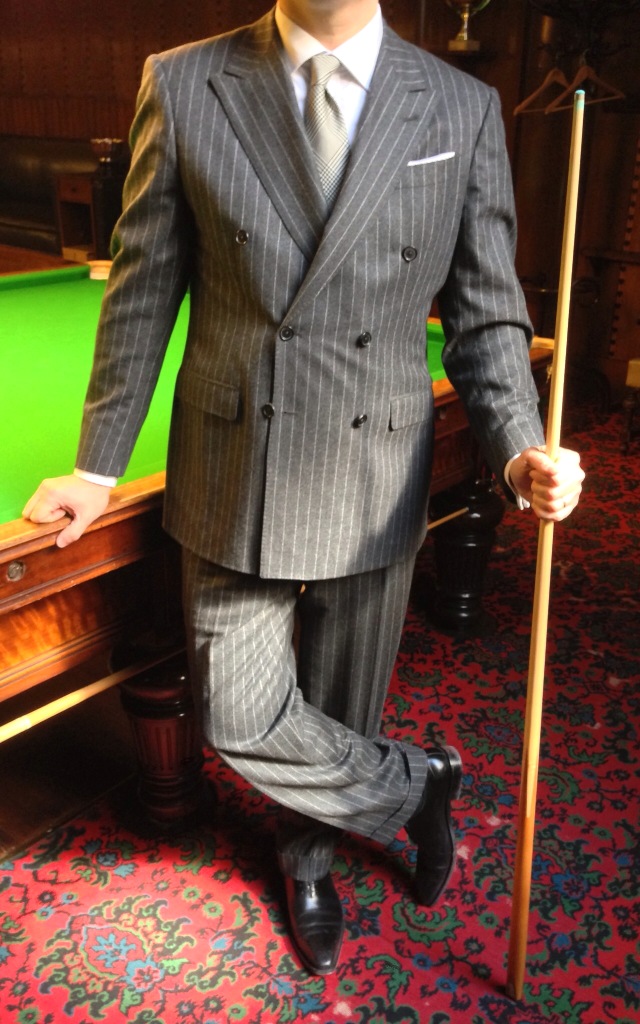
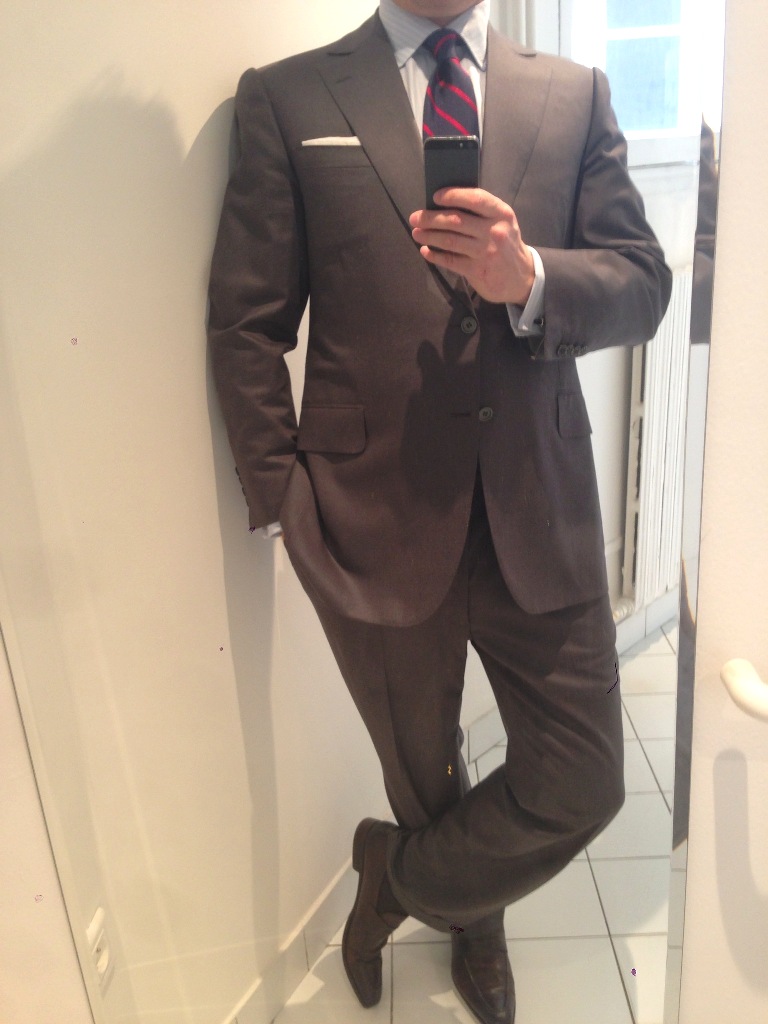
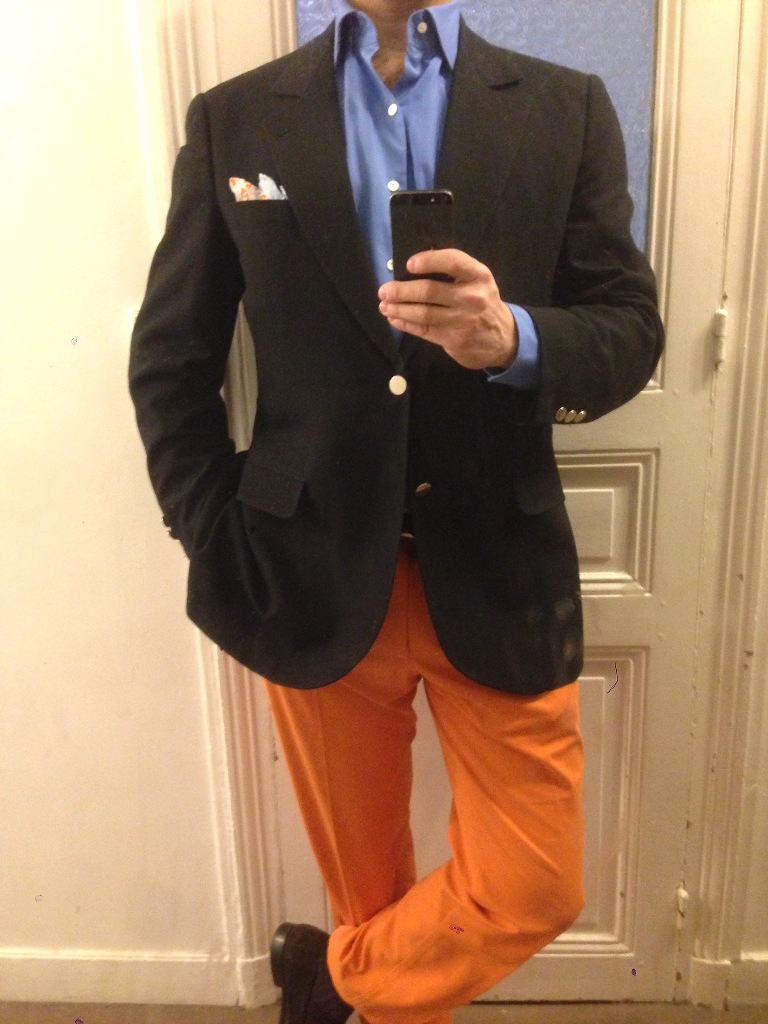
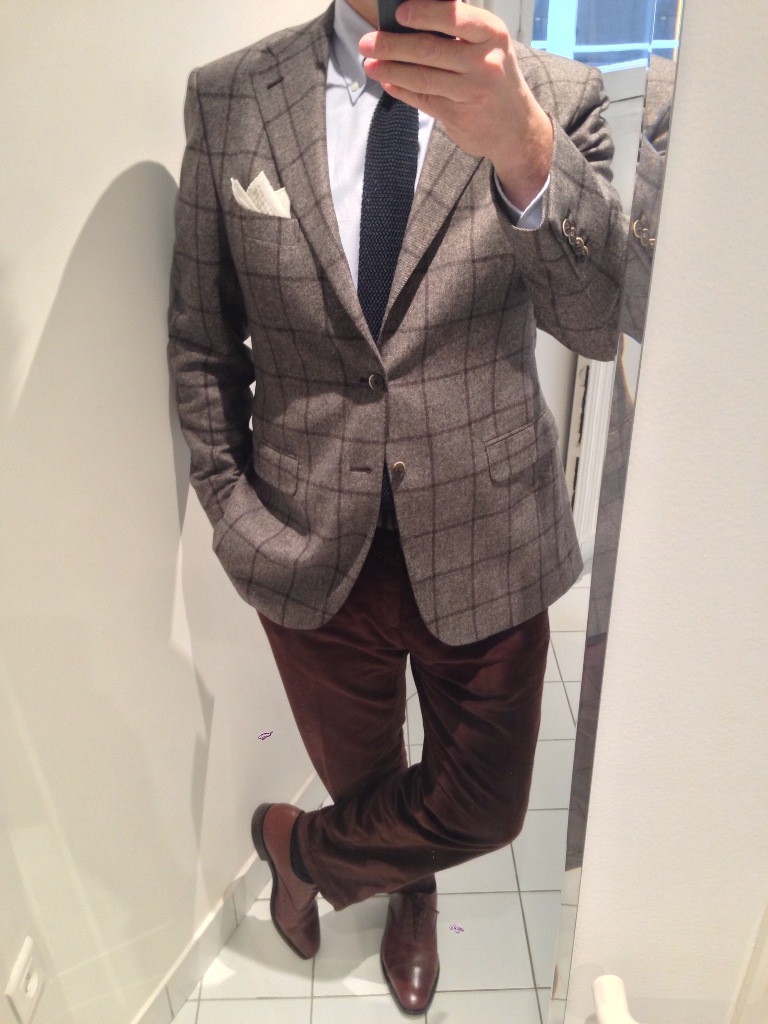
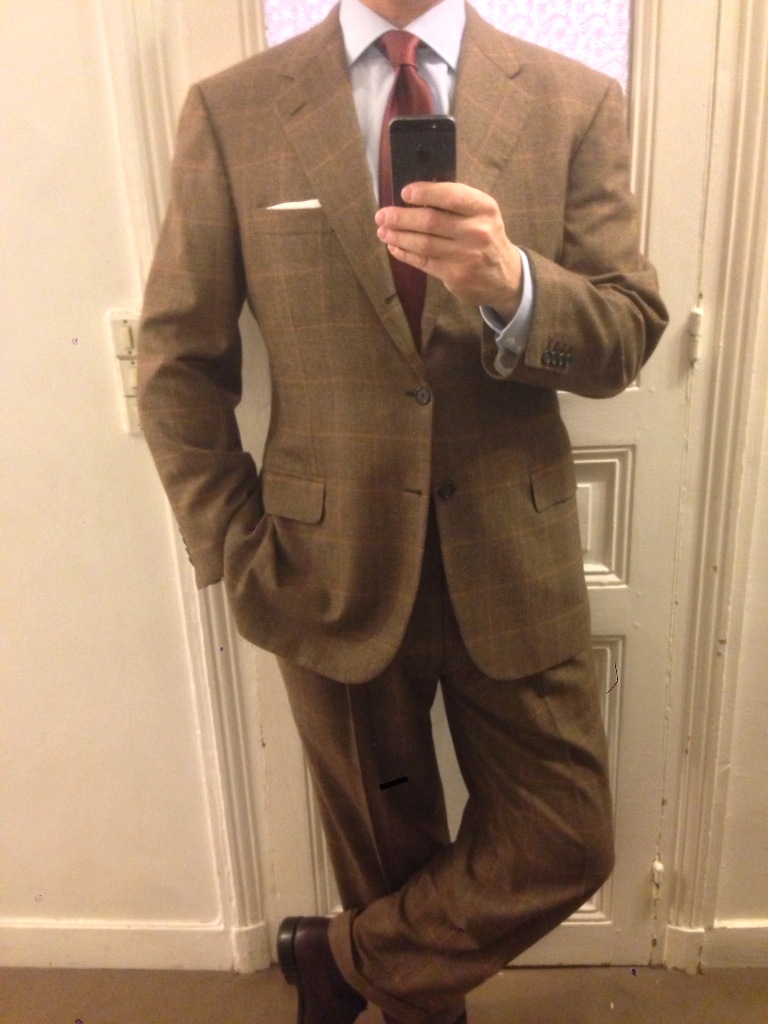
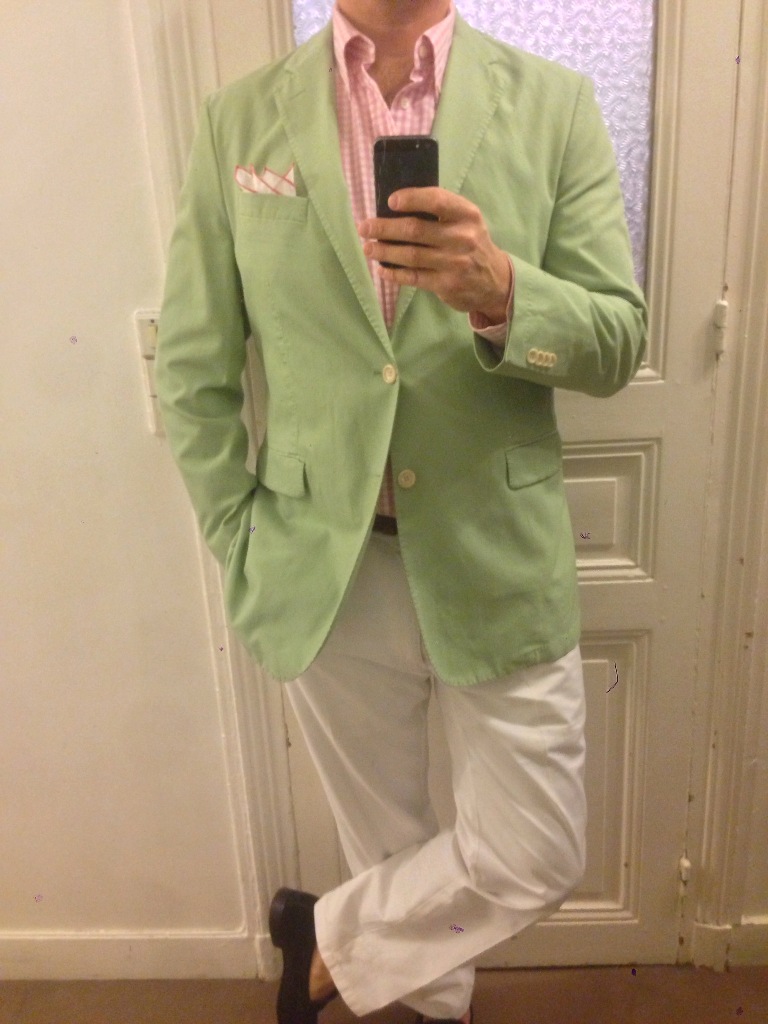
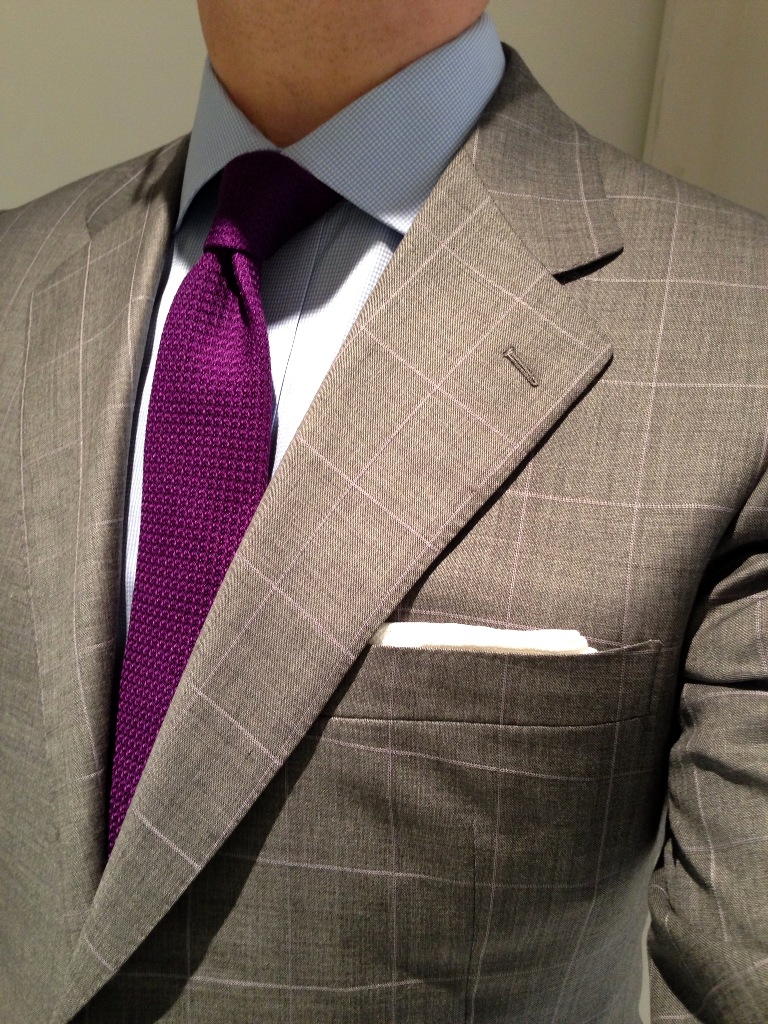
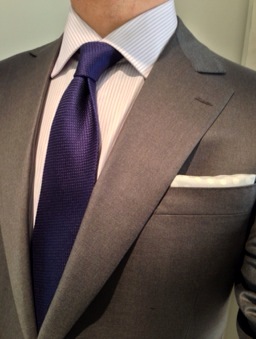
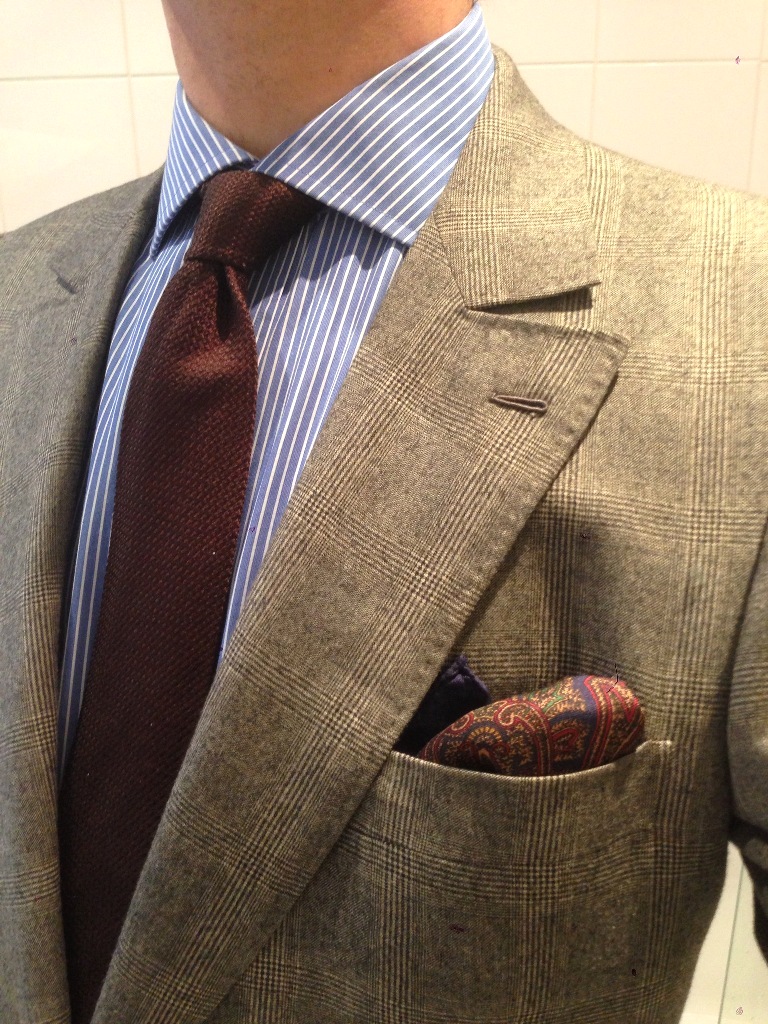
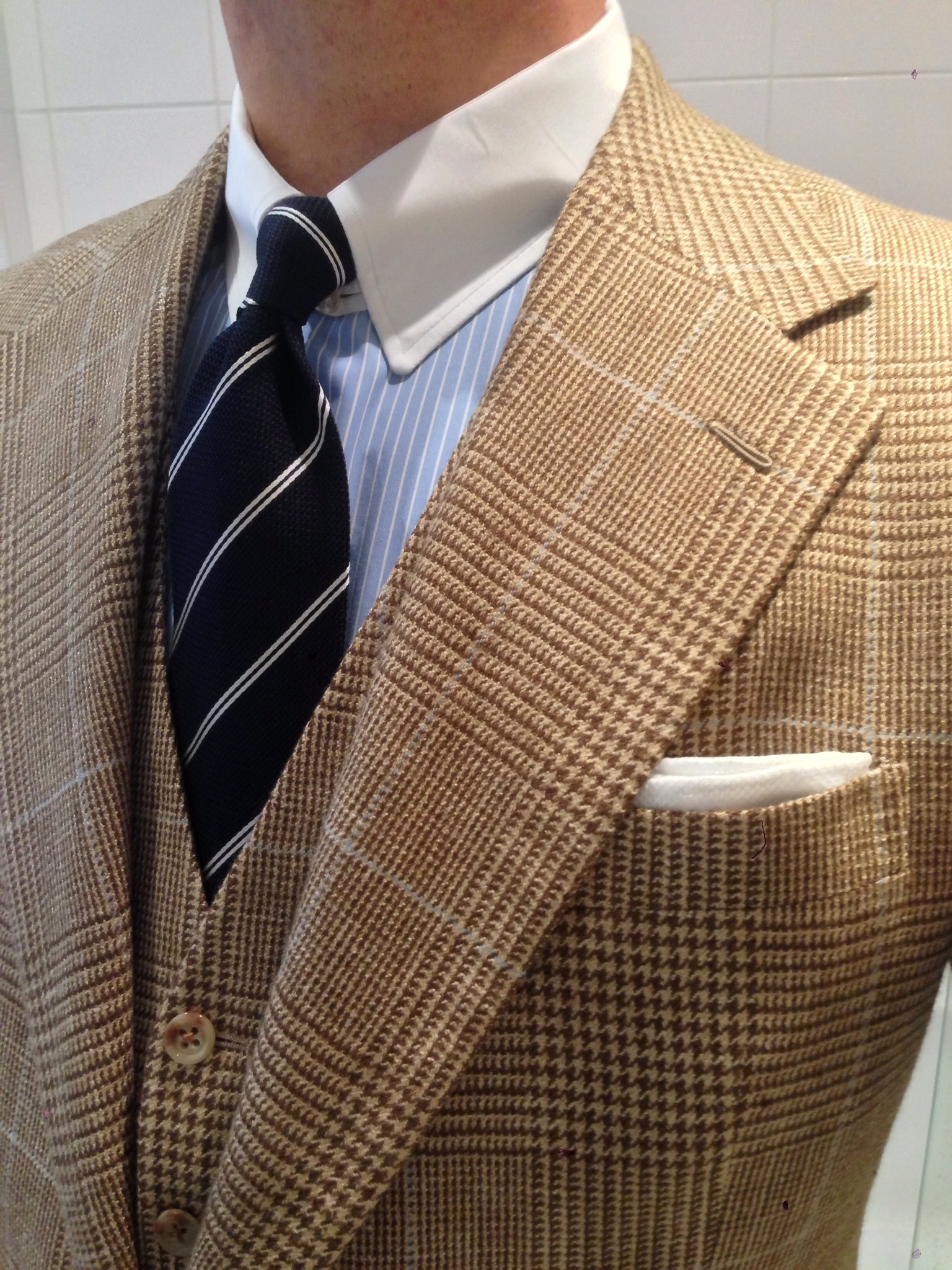
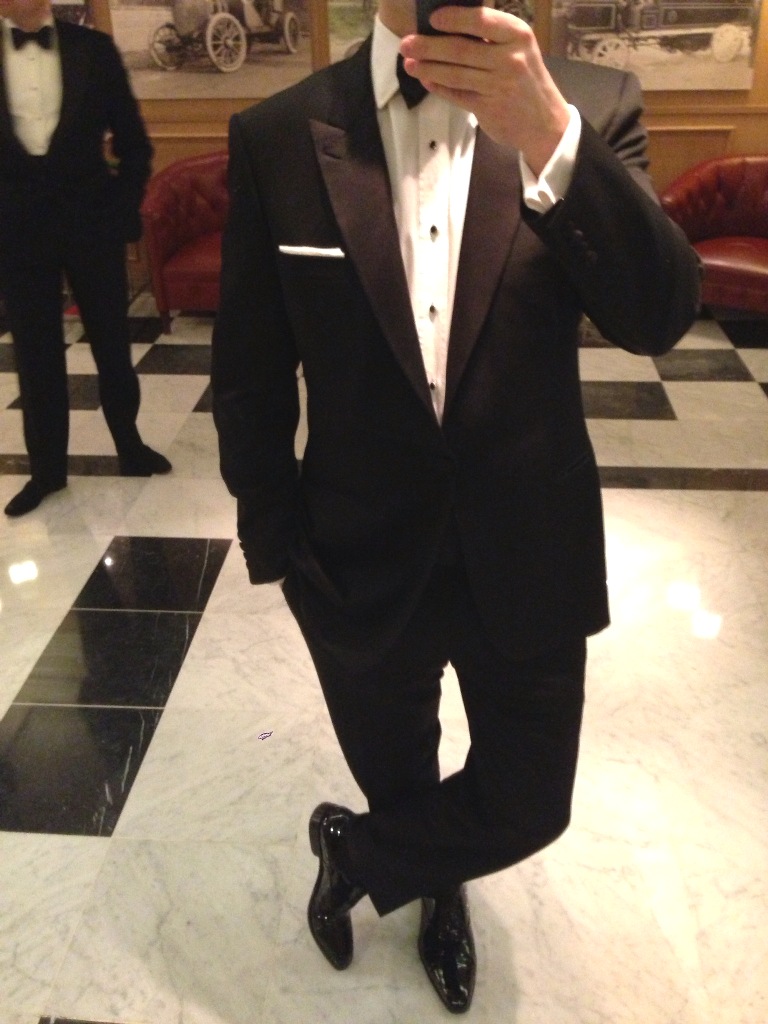


Heja, Arnie!
Many thanks for the kind words. We already have dozens of sites teaching the basics of dressing the male body, so I’ve tried to offer something different on Keikari. Much has been lost, but I do try to find as much of the good stuff that’s been saved.
Thank you for an amazing blog with interesting and fascinating interviews, articles and tips on style. Adriano Dirnelli is one of the most amazing iGents in the world. But so is The King of Dhaka aka Shahzaman Mozumder, who left a comment here. I shall of course not intervene with your editoral choices, but I would love to read an interview with mr. Mozumder. He is not only an eccentric (and I mean that in the best possible meaning of the word), but also a gentleman and decorated war hero who has been around since long before style blogs on internet. Best regards from Arnie in Norway. Keep up the good work on this great blog!
I really loved your blog not only because I share a passion similar to yours. As I was reading the “Interview with “Dinelli,” I found similarities to my situation.
Thanks,
Shahzaman
Very nice interview my friend!
All the basics are covered and some pretty good piece of advice. Well done!